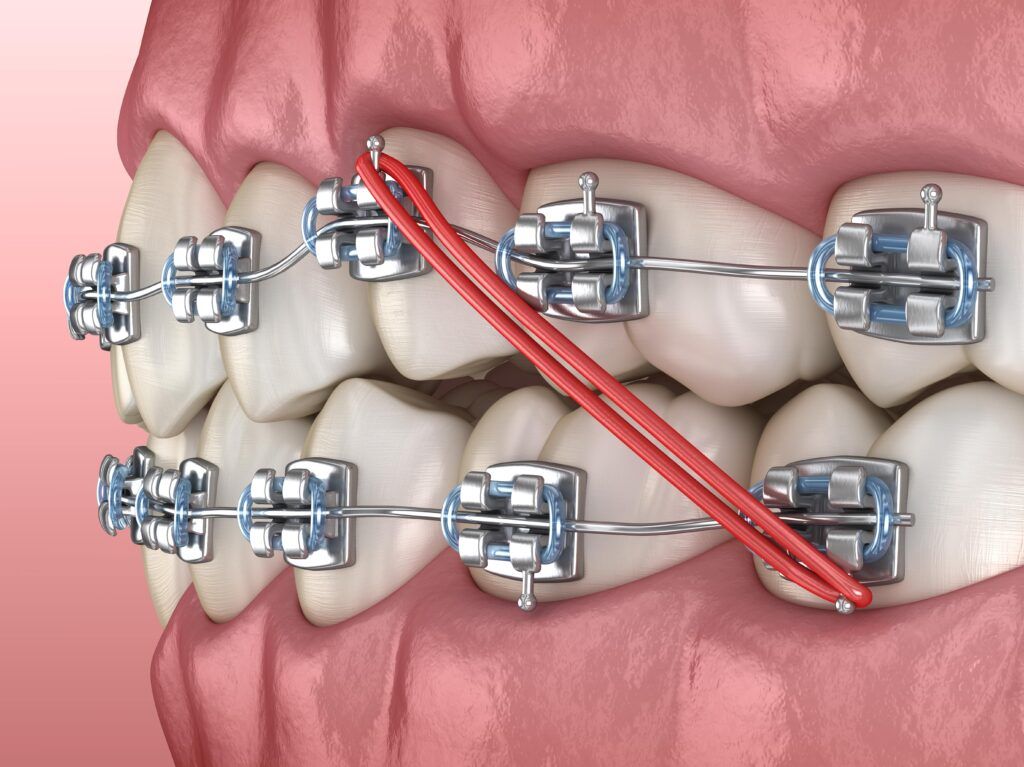Comprehensive Guide to Orthodontics Procedures for Fixing Dental Misalignments
In the world of orthodontics, the journey to achieving a completely aligned smile involves a myriad of procedures tailored to correct oral misalignments. From conventional braces to unseen aligners and even surgical options, the area of orthodontics uses a series of solutions to attend to differing degrees of oral abnormalities. Comprehending the intricacies of each treatment, including their devices, advantages, and potential disadvantages, is crucial in making notified decisions regarding one's orthodontic therapy. As we browse via the comprehensive overview to orthodontic treatments for fixing dental misalignments, the elaborate details of each method will certainly unfold, dropping light on the path toward a harmonious and useful dental positioning.
Orthodontic Procedures Introduction

Along with clear aligners and typical dental braces, orthodontists might likewise suggest various other interventions like headgear, palatal expanders, or retainers to attend to specific alignment problems (orthodontics). These treatments are tailored per patient's unique needs and might involve a mix of treatments to achieve the wanted outcomes. Routine modifications and surveillance are crucial parts of orthodontic therapy to make certain progression is on track and to make any required adjustments in the process. By undergoing orthodontic treatments, individuals can not only achieve a straighter grin but likewise boost their total oral health and function.
Typical Braces: Just How They Work
When thinking about orthodontic therapies for dental misalignments, typical braces attract attention as a tried and true method for dealing with teeth positioning. Conventional braces are composed of braces, cables, and bands that function with each other to use constant stress on the teeth, gradually moving them into the desired placement. The braces are affixed to the teeth using an unique adhesive, and the cables are threaded via the braces. By readjusting the tension of the cables, orthodontists can regulate the direction and pressure applied to each tooth, guiding them into appropriate alignment over time.
One secret aspect of how typical dental braces job is the procedure of bone remodeling. As pressure is put on the teeth with the braces, the bone bordering the teeth is reshaped to sustain the brand-new tooth positions. This renovation is crucial for the lasting stability of the dealt with alignment. Clients will certainly need normal adjustments at the orthodontist's office to make certain the dental braces remain to apply the correct pressure for efficient teeth movement.
Unseen Aligners: Pros and Cons
Unseen aligners supply a discreet and convenient alternative to standard dental braces for remedying dental misalignments. These clear, personalized trays are virtually invisible when worn, making them an enticing alternative for people seeking a much more aesthetically pleasing orthodontic therapy. One of the primary advantages of unnoticeable aligners is their removability, enabling easier maintenance of oral health compared to typical braces. Clients can eliminate the aligners before consuming or cleaning their teeth, reducing the danger of food obtaining embeded the home appliance and simplifying the cleansing process.

Surgical Orthodontic Options
Surgical interventions in orthodontics existing sensible options for dealing with complicated oral imbalances that may not be effectively fixed through conventional orthodontic therapies. While unnoticeable aligners and standard dental braces can fix several orthodontic concerns, certain cases call for surgical treatment to accomplish optimal outcomes. Surgical orthodontic options are usually advised for extreme malocclusions, significant jaw inconsistencies, and instances where the underlying bone structure requires modification to achieve correct alignment.
One common surgical click here for info orthodontic treatment is orthognathic surgery, which includes rearranging the jaws to correct functional issues such as difficulty eating or speaking. This surgery is typically carried out in partnership with an orthodontist who helps line up the teeth before and after the procedure. Surgical orthodontics may also entail procedures to reveal affected teeth, remove excess periodontal tissue, or improve the jawbone to develop a more harmonious facial profile.
Before thinking about surgical orthodontic alternatives, people undergo a detailed assessment to figure out the requirement and possible benefits of such interventions. cumming braces. While surgery might seem difficult, it can dramatically boost both the feature and aesthetics of the smile in instances where traditional orthodontic therapies fail
Retainers and Post-Treatment Treatment

Post-treatment treatment entails adhering to the orthodontist's instructions faithfully. This might include appropriate oral hygiene practices, attending follow-up visits, and using the retainers as recommended. Failing to adhere to post-treatment care instructions can cause regression, where the teeth tooth cavity gradually move back in the direction of their original placements. Regular retainer wear, good oral health, and normal dental exams are important for maintaining the results accomplished with orthodontic surgical procedure and ensuring the long-term stability of the remedied oral positioning.
Verdict
Finally, orthodontic procedures provide various alternatives for dealing with dental misalignments. Typical braces use metal braces and cables to move teeth right into appropriate placement. Undetectable aligners supply a more very discreet choice yet might not be suitable for all situations. Surgical orthodontic alternatives are available for extra extreme imbalances. Retainers are typically used post-treatment to maintain the new alignment. Generally, orthodontic treatments can efficiently enhance dental wellness and visual look.
As we navigate via the extensive overview to orthodontic procedures for correcting oral imbalances, the elaborate details of each approach will certainly unfold, losing light on the path towards a useful and unified oral alignment. - invisalign
One of the most usual orthodontic treatments is the usage of braces, which consist of steel brackets and cords that apply gentle pressure to progressively move teeth into the desired position.When taking into consideration orthodontic treatments for oral imbalances, conventional dental braces stand out as a reliable technique for dealing with teeth placing. Furthermore, unnoticeable aligners might not be ideal for intricate orthodontic problems that need even more significant teeth activity, as they are normally recommended for moderate to modest instances. Retainers are customized orthodontic tools developed to hold teeth in their fixed placements after the conclusion of orthodontic treatment.